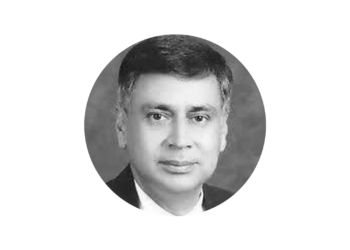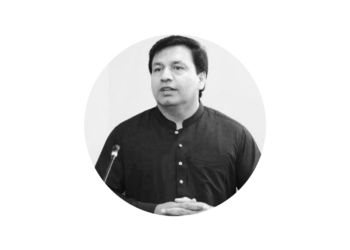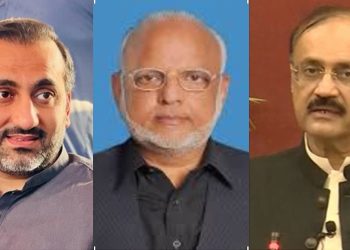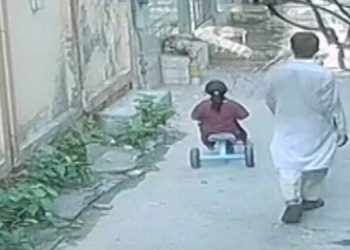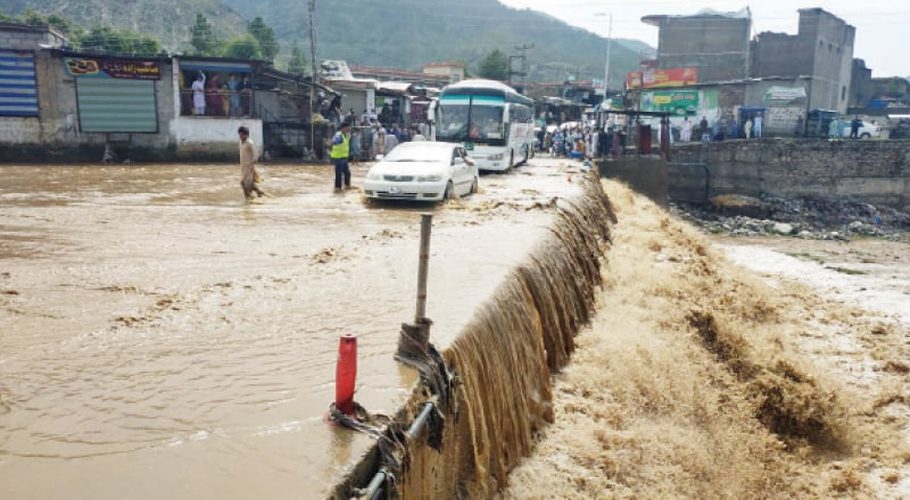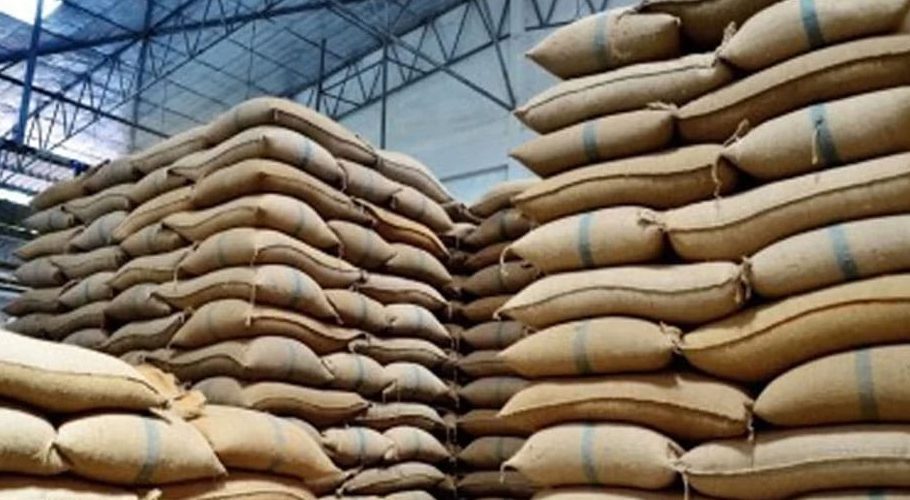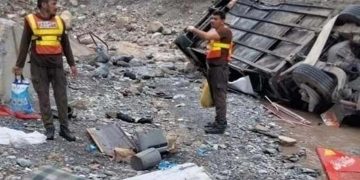January 30, 2015 – I was working as an intern at an advertising agency when I stopped to check the news. I was shocked by what I just read as if the group below me had moved away. A suicide bomber has struck an imambargah in my hometown of Shikarpur during Friday prayers. The death toll was 59 and 61 injured. I had vivid memories of visiting that place during Muharram and even spending nights there in winter months.
I pondered how a Taliban suicide bomber had managed to reach a small town in Sindh attack an imambargah. Was it an indication that religious extremism had crept inside even small towns and villages? Militancy was rising in those days and already reached into South Punjab where police were fighting the much dreaded Punjabi Taliban. The name itself was shocking for me. Was Sindh next?
I soon realized that the suicide blast was not as shocking as it seemed. In fact, it was inevitable and several red flags had been raised. In 2013, a blast struck the shrine of Ghazi Ghulam Shah Marri in Garhi Yasin in the district, killing two people and injuring 20. The shrine’s caretaker Hajan Shah suffered severe burns and later succumbed to his injuries in a Karachi hospital. In 2010, more than two dozen oil tankers carrying fuel for NATO forces in Afghanistan were blown up by terrorists near Shikarpur.
The city had a long history of religious extremism. I soon found out that many young lads had even participated in the Afghan Jihad during the 1980s. Military dictator General Zia-ul-Haq’s regime heavily funded madrassahs and many in Shikarpur also receive funds. One of the largest and heavily fortified seminaries in the city was a recipient of these funds in those days. Since then Shikarpur been a hotbed of militancy and religious extremism.
The influx of migrants and unregulated spread of seminaries is one of the biggest reasons for the rise in religious extremism.
But how did we reach this stage? Sindh was supposedly the land of Sindh where Shah Abdul Latif Bhittai roamed freely and Lal Shahbaz Qalandar spread a message of peace and religious harmony. In 2018, terrorists did not even spare the mystic and struck his shrine killing 80 devotees. Even religious personalities have been the victim of this extremism. In 2014, JUI-F’s leader Khalid Mehmood Soomro was shot dead by unknown persons in Sukkur. The same year a roadside bomb target renowned saint Syed Hussain Shah Bukhari who escaped unhurt but his grandson was not so lucky. Benazir Bhutto often used to visit Dargah Hussainabad to seek his blessings.
Today the situation seems to have reached a point of no return. Extremist religious parties including those on the terrorism watch list roam freely. They are conducting relief efforts for helpless Thar residents to gain their sympathy and sectarian outfits receive police protection. The nation is on the FATF grey list and we have failed to take action against extremist tendencies in Sindh. We have taught falsified history, inculcated intolerance and preached hatred which has jolted peace and harmony.
Throughout history, Sindh has been a melting pot of different cultures, religions and civilisations but in recent years the land of Sufis is facing a new threat. The rise of religious extremism in Sindh simply cannot be ignored. We need to take action against radical elements before it erodes the fabric of our society.







